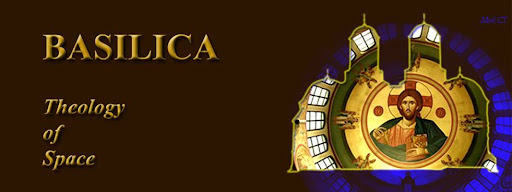
un articol de Pr. prof. dr. Mihai Valica
1. Solutia hristica — atitudine duhovniceasca impotriva crizei
Comunicatul de presa al Patriarhiei Romane, referitor la multumirile aduse credinciosilor pentru sustinerea financiara a Bisericilor in constructie[1] arata clar ca principalii contribuabili sunt credinciosii, iar Statul sustine, pe alocuri, cu sume simbolice comparativ cu contributia filantropica proprie a BOR[2] pentru cetatenii acestei tari, precum si prin parteneriatul social-diaconal incheiat cu Statul, conform art. 29 din Constitutie si a Legii nr. 489/2006.
Potrivit legilor in vigoare Biserica Ortodoxa Romana nu se substituie Statului, ci, prin mijloace specifice contribuie la coeziunea si pacea sociala, la identificarea de solutii concrete si realiste spre a depasi grava criza economica si finaciara. In acest context Patriarhia Romana propune ca solutie anticriza, urmatoarele mijloace spirituale, care, din punct de vedere duhovnicesc, pot depasi “orice fel de criza”[3]:
1. predicarea permanenta a Evangheliei pacii si a iubirii fata de aproapele;
2. indreptarea morala a celor ce ne conduc[4];
3. o “credinta tare si cooperare cu scop sfant” prin contructia de Biserici[5];
4. “prin sporirea credintei, a rugaciunii si cooperarii pentru a finaliza un lacas de cult care aduna oameni, care sunt invatati sa se respecte si sa se ajute reciproc”, etc[6].
Aceste indemnuri si sfaturi parintesti de profunda spiritualitate si duhovnicie au adus in sufletul multor preoti si credinciosi speranta, o motivatie de unitate si impreuna lucrare ecclesiala deosebita si o sansa reala pentru a intari solidaritatea si cooperarea dintre credinciosi, inclusiv intarirea vietii spirituale, care permite oamenilor sa depaseasca criza, fara sa se “autodemoleze”, sau sa ajunga “la deznadejde sau la dezumanizare”.[7]
Cred ca Bisericile vor salva sufletul romanului prin harul peste har, care va prisosi in inima lui prin dumnezeiestile Liturghii si Sf. Taine savarsite in ele.
Cine priveste doar la “aspectul ca se cheltuie bani” repeta gestul lui Iuda, care ingrijorat ca s-a risipit mirul de nard de mare pret pledeaza pentru saraci, fara sa-i pese de ei (Ioan 12, 4–6).
Omul are o latura morala care, daca se degradeaza, poate afecta si distruge mult mai mult decat partea materiala a lumii. De aceea spatiul bisericilor poate constitui spatii de reabilitare morala si duhovniceasca, care vor genera adevarate “laboratoare spirituale” de ajutorare a omului si de refacere a societatii. In acest sens Sf. Ioan Gura de Aur scria: “contructia de Biserici este mai buna decat milostenia”[8] intrucat ele sunt locuri care dau un puternic impuls pentru actiunile filantropice si de indumnezeire a omului[9].
Astfel se combate individualismul, cultivand spiritul comunitar prin constructia de Biserici si asezaminte filantropice de slujire diaconla a proapelui; se evita “consacrarea esecului” unui lucru bine inceput, cu speranta, dar nefinalizat, in cazul celor in constructie; se poate preveni fatalismul si esecul economic, financiar si social, cauzat in general de criza morala si spirituala a societatii la toate nivelurile, si reprezinta o alternativa reala si viabila pentru clasa politica, guvern si societatea civila, care din pacate duc lipsa nu numai de solutii economice viabile, ci si de actiune si de viziune duhovniceasca si de credinta suficienta pentru rezolvarea crizei actuale…
Citeste mai departe aici: Atitudini
Citeste mai departe aici: Atitudini


